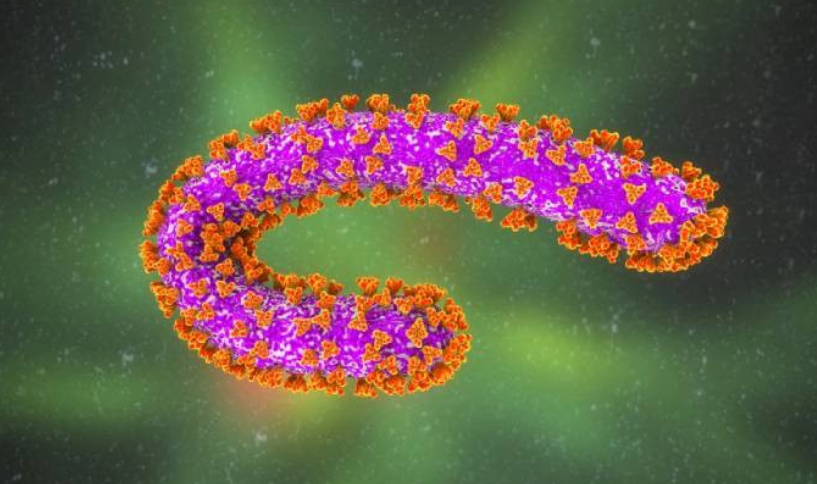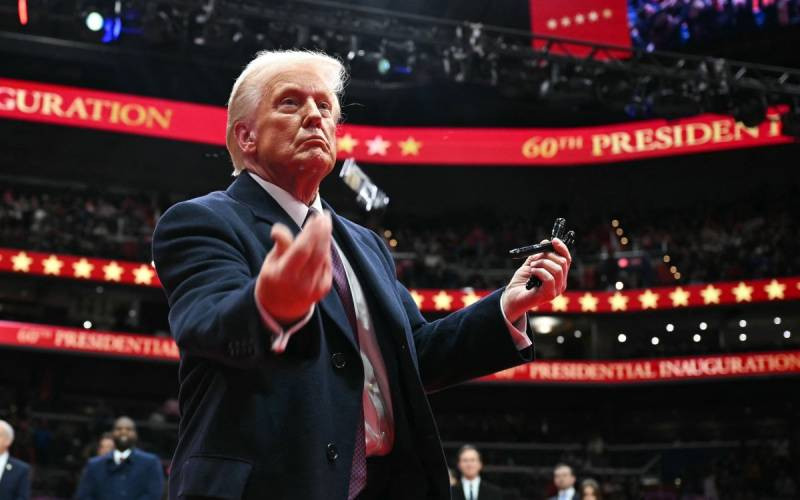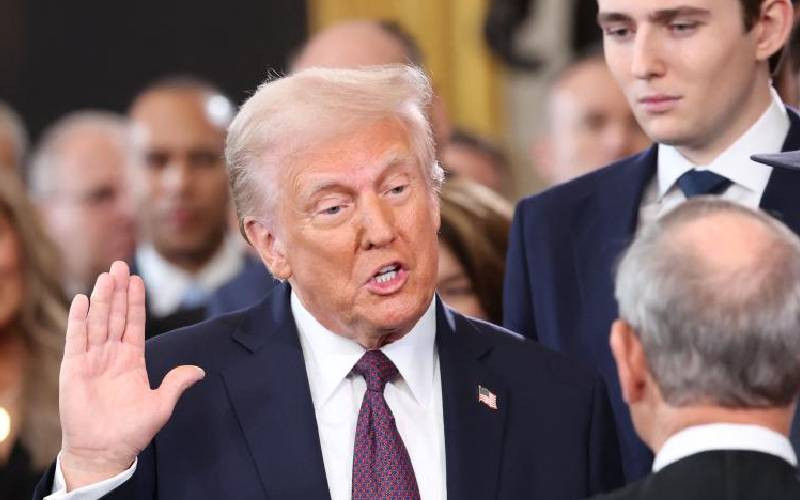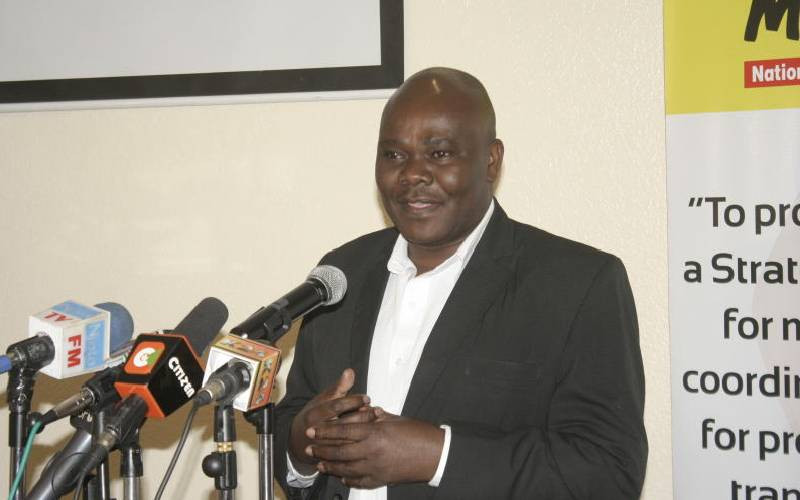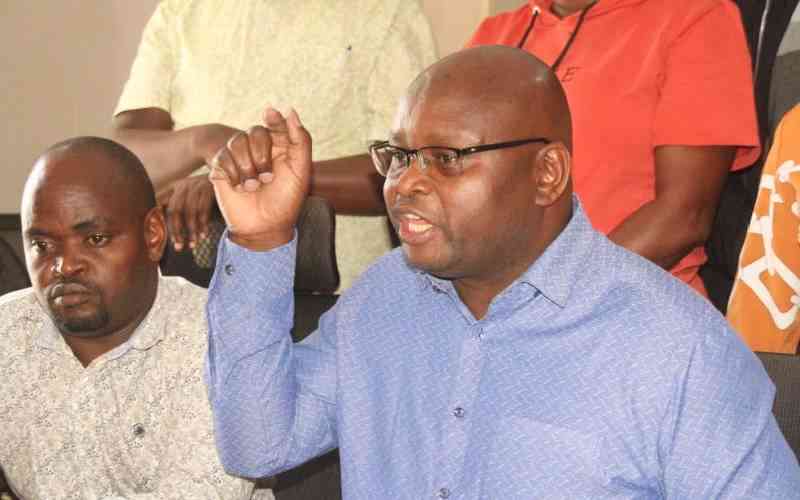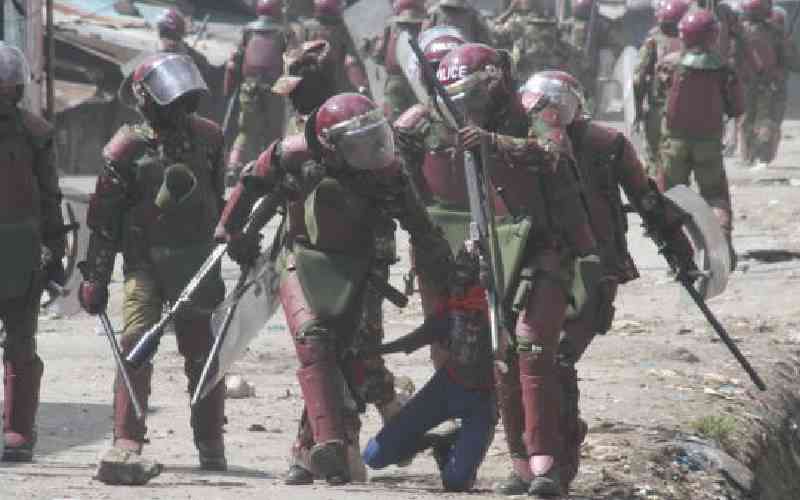
On Wednesday, Amnesty International Kenya and Human Rights Watch released joint findings on the human rights violations surrounding the March 20, 27 and 30 Azimio La Umoja protests. They revealed that 12 people, including two babies, died due to police action, especially unlawful use of force in Nairobi, Kisumu, Homa Bay and Migori. Thirty others were seriously injured.
They also recorded illegal arrests, indiscriminate use of firearms, including teargas, water cannons, attacks on journalists and destruction of private property.
Tearful mothers recounted how teargas canisters used to combat protestors near their houses in Kibra Constituency landed in their homes and killed their babies. As a result of the chemicals, their children suffered painful deaths. In addition, the running battles outside made it difficult for them to get medical attention.
Similarly, a woman described how she had difficulty getting medical attention for her grandson after he was shot in the head. She reported the incident to the police and was issued an Occurrence Book (OB) number, but officers called her back, tore the OB paper, and gave her another. She was then allegedly provided Sh20,000 by the police station for the boy's treatment.
Domestically and internationally, the use of police force and firearms is regulated by the Second Schedule of the National Police Service Act and the UN Basic Principles of Force and Firearms. Force must be lawful, necessary, proportionate, and accountable during law enforcement. The use of force by police officers should be limited to what is necessary to mitigate an incident such as effecting an arrest or defending themselves or others' lives. In addition, police should only use tear gas when necessary to prevent further physical harm and where possible issue a warning before using tear gas.
Political impasses often lead to violent protests in Kenya. Consider the 1997 "reforms protests" leading to the Inter-Parties Paliamentary Group process, the 2007-8 election impasse that led to the National Accord, the Anti-IEBC protests in 2017, the 2017 post-election protests, and the 2018 protests that led to the 'handshake'. Kenya's political elites can always reach political compromises and move forward. For example, the protests have led to bipartisan talks between the government and the opposition. Yet, no framework for securing justice for victims is on the table.
People are left to deal with the loss of lives, livelihoods, sexual abuse, lifelong injuries, and other serious injuries on their own. Reparations, restitution, medical aid, psychosocial support, and even basic justice are rarely provided to them. In 2013, four women filed a constitutional petition seeking compensation for sexual violence suffered during 2007-8 post election violence, which resulted in compensation orders in 2020.
The families of six-month-old Baby Samantha Pendo, who was bludgeoned to death; Stephanie Moraa (nine-year-old), who was shot in the chest while playing on the balcony in 2017 and the two babies suffocated to death by tear gas in the March 2023 protests deserve justice. Regarding the killing of Baby Pendo, 12 officers were charged with various counts of crimes against humanity last November.
Society needs to pay more attention to the methods of policing protests, including the weapons used and law enforcement's command and individual responsibility. In informal settlements, for instance, what can the police learn about using teargas that easily enters houses and kills people, especially babies?
How can rifles that may kill people on balconies be prevented from being used during public order operations? Notably, 12-year-old Yassin Moyo was also shot dead while he was standing on his balcony during the enforcement of Covid restrictions.

